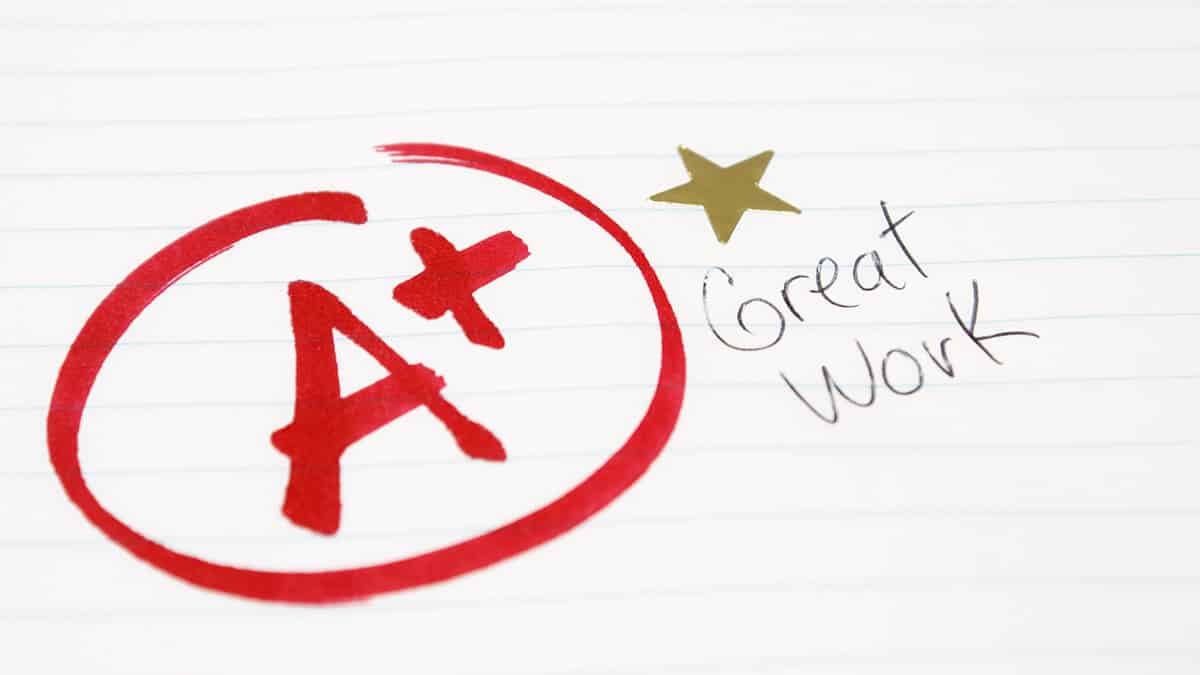In this guide
- What is the meaning of the sole purpose test?
- How is the sole purpose test administered?
- How does the sole purpose test apply to SMSFs?
- What happens if you fail the sole purpose test?
- How can you ensure your SMSF meets the sole purpose test?
- What are common ways you can breach the sole purpose test?
- Does paying for financial advice through your SMSF breach the sole purpose test?
- The bottom line
- Common questions about the sole purpose test
Now that Australia’s superannuation system has passed the 30-year mark – with constant change, lobbying by vested interests and government tinkering with the rules along the way – it’s easy to lose sight of the reason super exists.
With calls to use Australians’ collective superannuation savings to solve national problems from housing affordability to infrastructure, intergenerational equity and Budget repair via a tightening of super tax concessions, change is ongoing.
Assistant treasurer and minister for financial services Stephen Jones argues that after 30 years there is a need for a clear and shared understanding of super’s policy objective. To that end, he announced in November 2022 that the government would legislate an objective for super “that delivers for all Australians” and “ensures all Australians can retire with dignity”.
This objective appears to go further than the current guiding principle of super – the sole purpose test.
All super funds must satisfy the sole purpose test to be eligible to receive the tax concessions available under Australian superannuation legislation. Super contributions and earnings are generally taxed at the concessional rate of 15% (up to certain contribution limits), while income and earnings are tax free in retirement phase.
What is the meaning of the sole purpose test?
Put simply, the Australian Taxation Office (ATO) requires all activities of super funds must be for the sole purpose of providing retirement benefits to their members (or to their dependants if any of their fund members die before retiring).

Free eBook
SMSF investing essentials
Learn the essential facts about the SMSF investment rules, how to create an investment strategy (including templates) and how to give your strategy a healthcheck.
"*" indicates required fields
This is the case whether it’s a big public offer fund or a one-person self-managed super fund (SMSF).
Every investment or management decision made by super fund trustees must be consistent with this sole purpose. Essentially, the intention of the sole purpose test is to ensure that fund trustees make decisions that are in the best retirement interests of their members, not their current interests (or those of related parties).
In terms of SMSFs, it’s important to note that ‘related parties’ can include business associates of fund trustees, as well as their blood or marital relatives.
How is the sole purpose test administered?
There is no formal sole purpose test for super fund trustees to pass. It’s a legal compliance guide the ATO can apply to fund transactions and the decision-making of fund trustees if necessary.
While one of the main attractions of SMSFs is the level of control they give to their member/trustees, there are limits to that control. For instance, a common misunderstanding among small business owners is to treat their SMSF like a personal fund they can dip into when their business is going through a rough patch. Some SMSF trustees may also be tempted to help family members with a loan from fund money, or cheap rent in a property owned by the fund.
But the rules are clear: the early release of money or assets to fund members or their relatives is illegal.
If any super fund transactions or decisions are deemed by the ATO to provide significant, non-incidental, direct or indirect financial benefit to fund trustees, members or related parties before retirement, the trustees are in breach of the sole purpose test.
SMSF members must not use or gain any benefits from any of the fund’s assets until they have met a condition of release. Common conditions of release include:
Manage your SMSF smarter – for free

Access practical, independent guides and checklists to help you run your fund with confidence with a free SuperGuide account.
Find out more- Retiring and reaching your preservation age, which is now age 60 for all new and intending retirees
- Reaching your preservation age and beginning a transition-to-retirement pension
- Ceasing employment after the age of 60
- Reaching the age of 65 (even if still working).
How does the sole purpose test apply to SMSFs?
Setting up an SMSF requires the creation of a trust deed and a documented investment strategy. Once a fund is set up, it must be registered with the ATO.
The trust deed typically states that the fund has been set up with the objective of providing retirement benefits for members (or to their dependants if they die before retirement).
The investment strategy broadly outlines how members’ funds will be invested to meet the sole purpose objective.
It is a legal requirement for SMSFs to be audited each year by an independent auditor. This auditor must be registered with the Australian Securities and Investments Commission (ASIC).
SMSF auditors check that all the fund’s transactions are consistent with its trust deed and investment strategy as part of their annual audit. They must ensure compliance with all super legislation (including the sole purpose test). Any potential legislative breaches must be reported by the auditor to the fund trustees and the ATO.
What happens if you fail the sole purpose test?
While the vast majority of SMSFs comply with the sole purpose test, a significant minority have not heeded the message.
According to the ATO’s latest SMSF statistics, the sole purpose test represented 10.3% of total contraventions by SMSFs in the year to June 2023, up almost 10% in two years. The sole purpose test remains the fifth biggest source of contraventions by type.
Failing the sole purpose test can lead to:
Supercharge your SMSF

"*" indicates required fields
- An SMSF losing its concessional tax treatment (meaning the fund may need to pay additional tax on its super contributions and investment earnings)
- The trustees being disqualified from their roles (meaning they can no longer be members of the SMSF, nor can they start a new fund)
- Fines or imprisonment of the fund trustees, depending on the seriousness of the legislative breach.
How can you ensure your SMSF meets the sole purpose test?
Fund trustees can ensure they pass the sole purpose test by asking themselves a simple question before making any decision on investing SMSF funds:
“What’s the purpose of this investment?” The answer, of course, should be to provide retirement benefits for SMSF members.
If the purpose is to immediately benefit SMSF members or related parties, the trustees should avoid making the investment.
What are common ways you can breach the sole purpose test?
Common ways that SMSFs can breach the sole purpose test include:
- Fund members gaining personal, current benefits from investment assets. For example, the SMSF investing in assets (such as a holiday house) or collectables (such as wine or art) that fund members use or access prior to retirement.
- The reimbursement of trustee expenses that are not related solely to the performance of their trustee duties. For example, fund trustees writing off the expense of a holiday even if they spent some of their time looking for potential SMSF investment properties (and even if these properties were consistent with their fund’s investment strategy).
- Funds borrowing money for investment from a member (or a related party) at an interest rate significantly higher than the market rate.
- Funds lending money to members or related parties. This exposes the SMSF to accusations of the illegal early release of funds (that is, before a member has reached their preservation age and met a condition of release).
- Funds running active businesses that are not outlined in the trust deed and not operated for the sole purpose of providing member retirement benefits. SMSFs running businesses can potentially fail the sole purpose test if:
- They employ a family member at a wage or salary that’s above market rates
- Their business activity is considered more of a hobby
- The business has links to other entities
- Their business assets are available for private use by fund members or related parties.
Does paying for financial advice through your SMSF breach the sole purpose test?
Paying for pre-retirement financial advice through an SMSF complies with the sole purpose test, and these advice fees can be deducted from an SMSF member’s accumulation account. However, the advisers must be licensed by ASIC.
The bottom line
Until such time as an objective for super is legislated, the sole purpose test is the guiding light for trustees.
All super funds (including SMSFs) must satisfy the sole purpose test. This is a legal requirement and there are heavy penalties for non-compliance, including civil and potential criminal sanctions. If you’re unsure whether a potential investment decision or transaction by your SMSF will satisfy the test, it’s best to seek independent professional advice before you act.



Leave a Reply
You must be logged in to post a comment.